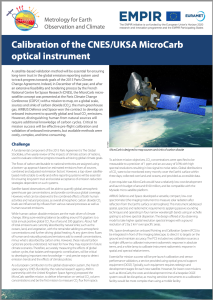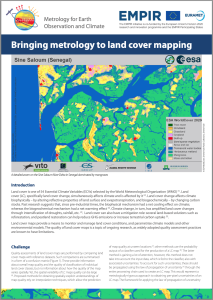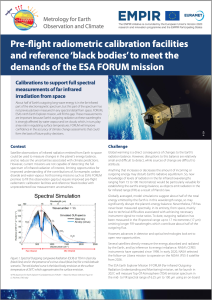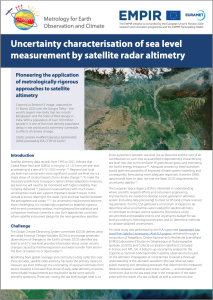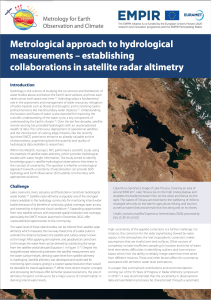Case Studies
The MetEOC series of projects focussed on metrological support for climate observations. Such observations are used in integrated assessment models to help inform policymakers. It is therefore important that observation communities understand how metrology principles might be successfully brought into the policy domain.
These case studies show examples of outcomes of the application of metrology in this regard, including for improving the quality of climate data records and links between observational uncertainties and climate data records (using information from this and related projects).
